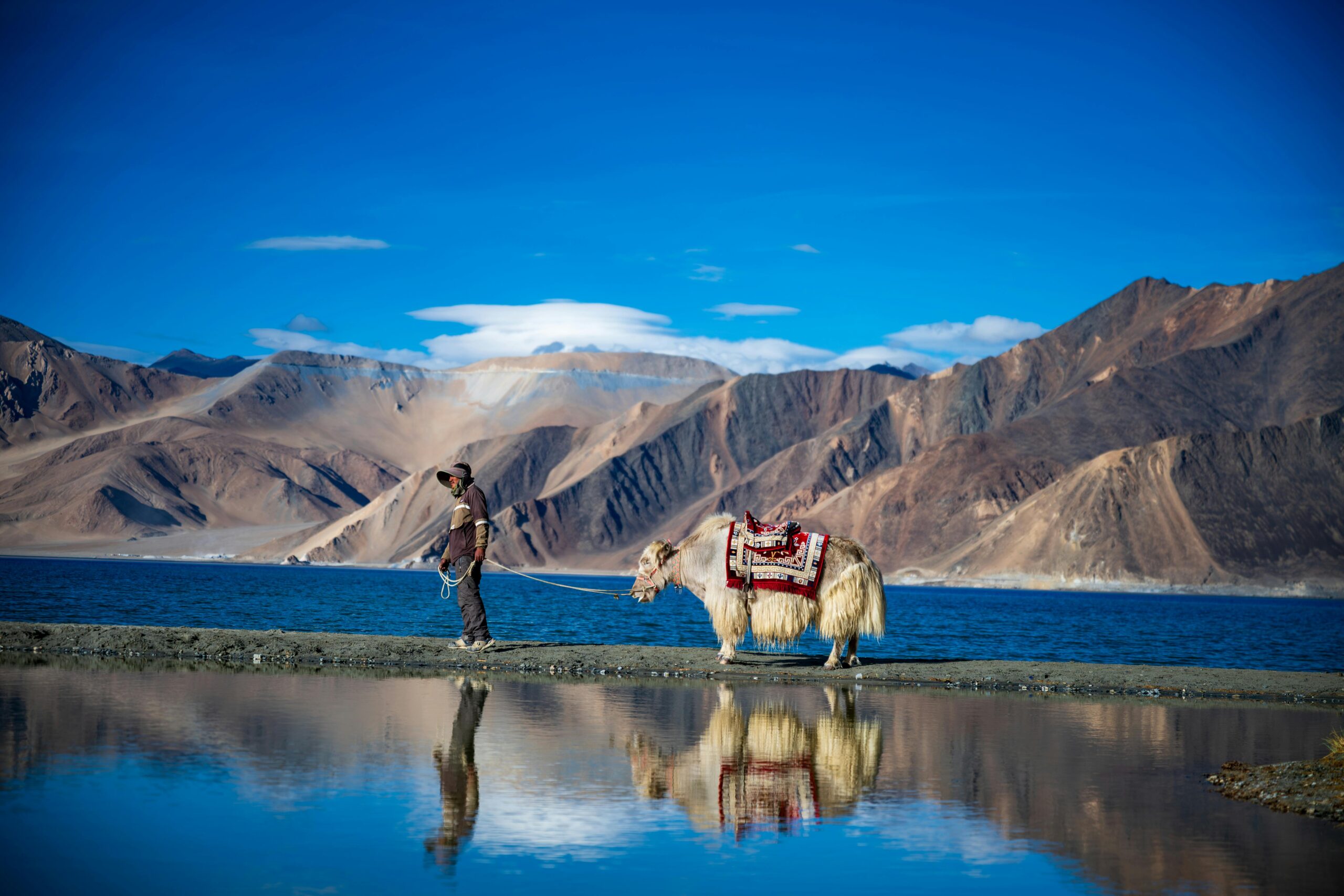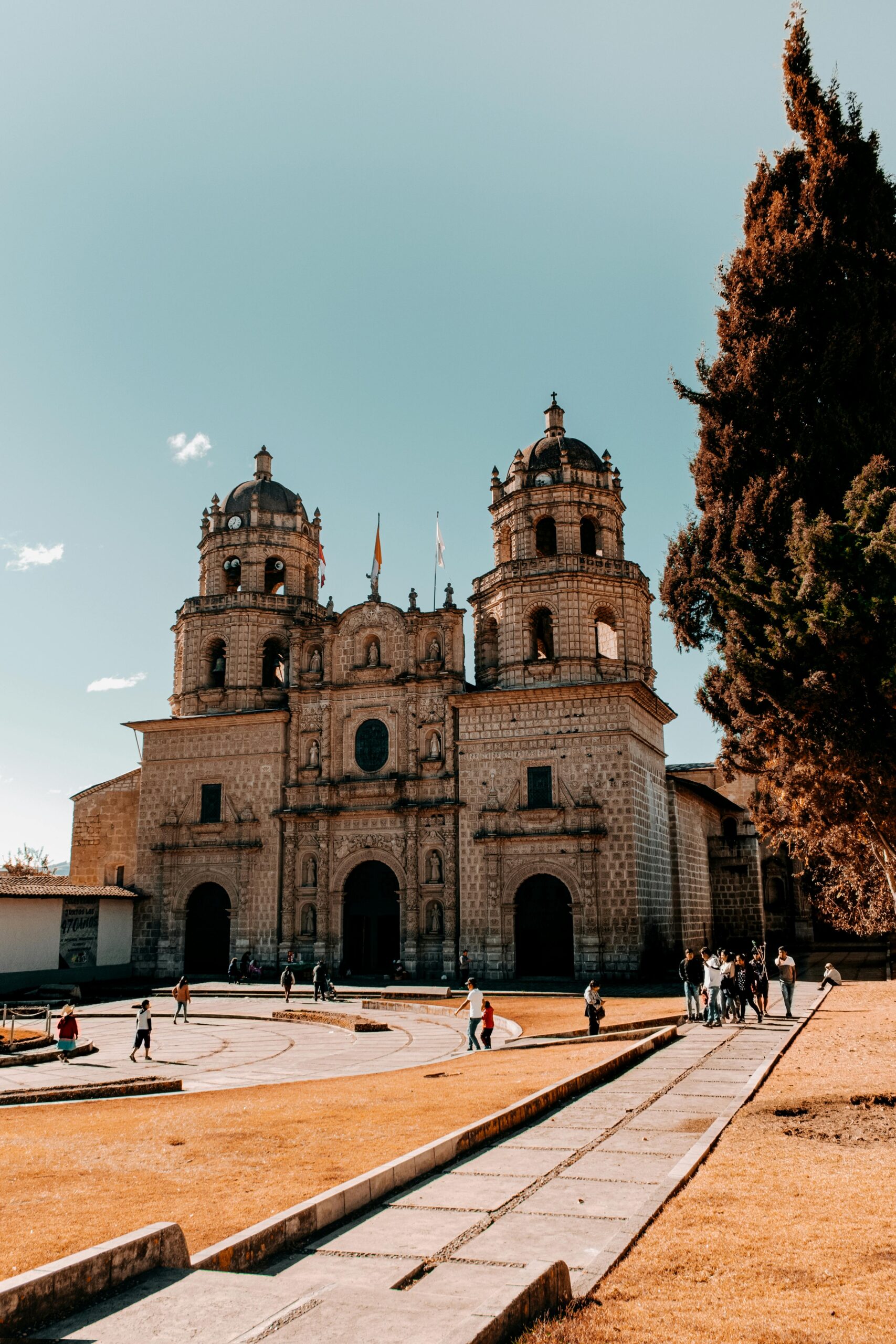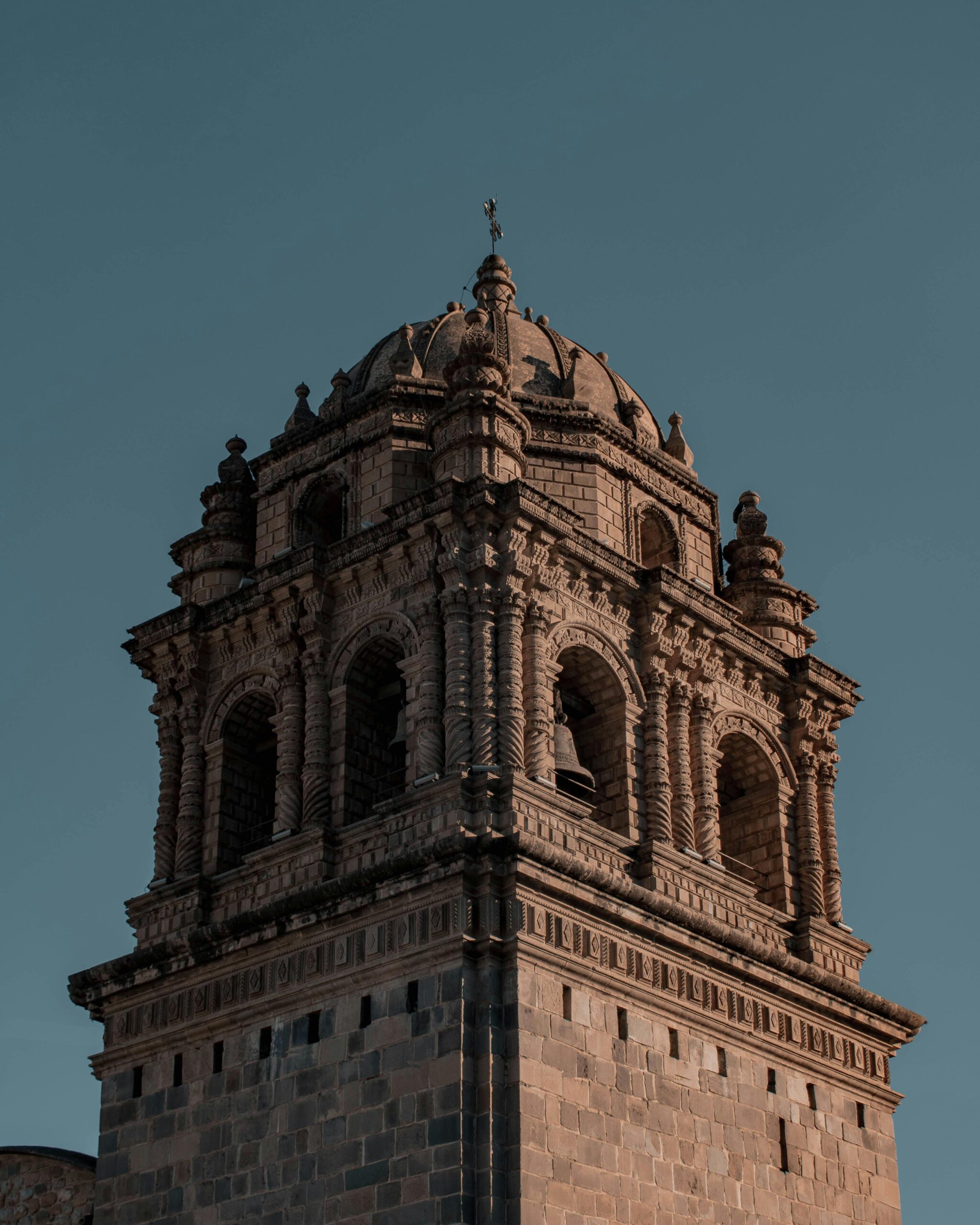Dreaming of discovering Peru, its culture and history?
But looking for a different kind of journey — one that doesn’t rush you from one site to another?
Let us introduce you to the Sacred Valley of the Incas, an itinerary that will captivate you with its blend of nature, spirituality, and living history.
Here, every village, every stone, and every path you walk tells a chapter of the Inca Empire. Between snow-capped peaks, artisanal markets, and ancient ruins, you’ll leave Peru with a deep understanding of Quechua culture.
Located between Cusco and Machu Picchu, this fertile valley follows the Urubamba River, passing through iconic places like Pisac, Urubamba, and Ollantaytambo.
Each of these villages has its own unique identity, rhythm, and hidden treasures. They truly deserve several days of exploration — taking time to uncover every corner that surrounds you.

First, head to Chinchero: the village of the weavers
Perched at over 3,700 meters above sea level, Chinchero offers a connection between past and present, where traditions are still very much alive.
Here, you’ll discover a charming village nestled against Andean terraces, overlooked by a colonial church.
In its community workshops, Andean women proudly share their weaving techniques, passed down since Inca times.
The Chinchero market is at its liveliest on Sundays but remains open throughout the week. Local artisans offer handmade products — perfect for picking up authentic souvenirs.
Chinchero is also an excellent starting point for discovering the Poc Poc waterfall and hiking towards Urquillos.
Next, head to Moray and Maras: agricultural laboratory and salt
Just a few kilometers from Chinchero, Moray reveals a unique archaeological site: circular terraces resembling an amphitheater, which served as an agricultural laboratory for the Incas.
This breathtaking site, built across several levels, allowed crops such as potatoes and corn to be tested under varying temperatures and altitudes.
Further down, the Maras salt mines offer a striking visual: thousands of white pools carved into the mountainside, fed by a salty spring that has flowed from the mountain for thousands of years.
During the Quechua civilization, salt was extracted from these terraces and used for barter and trade. Even today, these salt pans are manually harvested by local communities, though the income generated is often not enough to live on solely.
Depending on the season, whether it’s rainy or dry, the color of the salt pools changes. During the rainy season (October to March), the ponds take on a brown hue, whereas in the dry season, they turn a pure white.
Urubamba: the peaceful valley
If you have a bit of time and want to rest halfway through your journey, you can stop in Urubamba.
Less touristy, Urubamba is the agricultural heart of the Sacred Valley. You’ll find charming accommodations, quality restaurants, and most of all, a relaxing atmosphere.
It’s the perfect place to take a break, visit a ceramics workshop, or take part in a traditional Andean ceremony.
Ollantaytambo: the living city of the Incas
Ollantaytambo is arguably the jewel of the Sacred Valley.
An ancient military fortress and religious center, the site is impressive for its scale, engineering, and breathtaking views.
But what makes it truly unique is that the modern village preserves the original Inca urban layout: cobbled streets, irrigation canals, and houses built on Inca stone foundations — a truly immersive experience.
You’ll be amazed by the steep terraces, which require a bit of a climb, but reward you with stunning views of the valley and of Pinkuylluna, the ancient food storage structures. In fact, it’s possible to hike up to these storage sites in about 30 minutes, offering a fantastic perspective over the old fortress of Ollantaytambo.
In addition to the terraces, you’ll get the chance to witness the brilliance of Quechua engineering. With your guide, you can even try to decode the many iconographic carvings, some of which were sadly damaged by Spanish colonizers.
Ollantaytambo is also the departure point for the train to Aguas Calientes, the gateway to Machu Picchu.
Your Return via Pisac
Known for its colorful artisan market and hilltop ruins, Pisac is one of the gateways to Inca culture.
The archaeological site, perched at over 3,000 meters, offers breathtaking views of the valley and showcases agricultural terraces, religious areas, and even rock-carved tombs.
Don’t settle for just the classic Pisac tour — it only shows a portion of the site’s beauty. If you’re feeling adventurous, continue your hike beyond the main ruins: other, better-preserved structures await!
If you book with Escápate, you might even end the visit with a Pachamanca, a traditional local meal cooked in an oven dug into the earth. Absolutely delicious!
On Sundays, Pisac comes alive: weavers, potters, and musicians fill the main square with a festive atmosphere. If you wish, you can also attend a Quechua-language mass held every Sunday in Pisac’s cathedral.
And if you love beer, stop by the Cervecería del Valle Sagrado — they serve excellent craft beer with something for every taste!
The Sacred Valley, Connected to Machu Picchu
Historically, the Incas used the Sacred Valley to acclimate their nobles before entering the sacred city.
Even today, following this route allows for a deeper understanding of the spiritual and agricultural world of the Andes before discovering Machu Picchu.
Practical Tips for Your Visit
Tickets and Entrance Fees:
The Cusco Tourist Ticket (BTC) includes access to Pisac, Ollantaytambo, Chinchero, and Moray.
The cost is approximately 130 soles (€35) for adults. You can also opt for a Partial Ticket (BTP) for 70 soles, which covers only the Sacred Valley.Opening Hours:
Sites are generally open from 7:00 a.m. to 5:00 p.m. To avoid crowds, it’s best to visit early in the morning.Transportation:
You can travel between the towns of the valley by colectivos (shared minibuses). Taxis are also available, but they can be expensive.
The most convenient option is to book through a reputable travel agency, which allows you to relax and learn more with the help of expert guides.
Some routes are also suitable for mountain biking, giving you more time to enjoy the scenery at your own pace.Weather:
The dry season (May to October) is ideal for visiting. June and July offer clear skies — perfect for photography.Entrance to Maras:
The salt mines require an additional ticket, around 20 soles.
And after ?
You can end your journey through the Sacred Valley by taking the train from Ollantaytambo to Aguas Calientes, to experience Machu Picchu at sunrise.
But you can also extend the adventure by spending the night in local villages, joining Andean cooking workshops, or sharing meaningful moments with local communities.
The Sacred Valley is not just a stop along the way — it is a destination in itself, a place where slowing down becomes a way to travel better, to feel more deeply, and to understand more profoundly.



